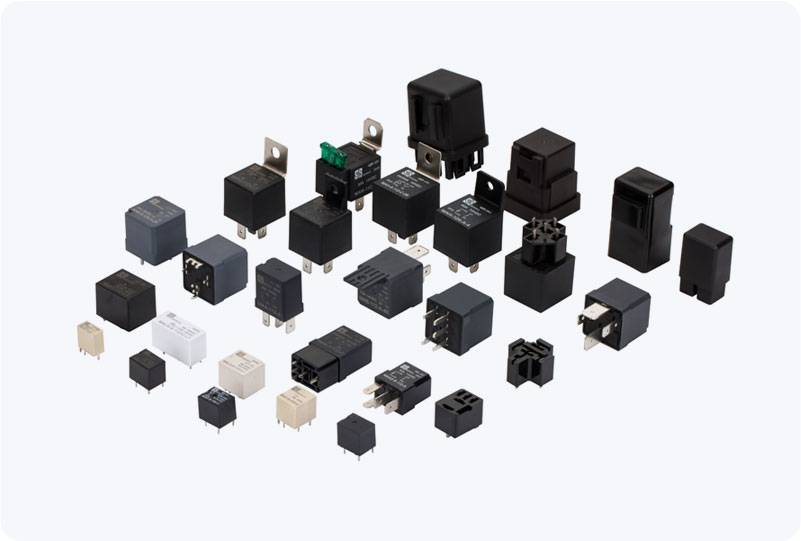relay vs fuse in car: understanding their key roles in automotive electrical systems
Release time:2025-10-25 18:27:32
In modern vehicles, the electrical system plays a pivotal role in powering various components, from the headlights to the air conditioning unit. Among the critical components of a car's electrical system are relays and fuses. Though both serve to ensure the safety and efficiency of the vehicle, they function in very different ways. This article will explain the roles of relays and fuses in cars, highlighting their differences, functions, and importance in maintaining a safe and reliable vehicle.

What is a Relay?
A relay is essentially an electrical switch used to control the flow of electricity to certain parts of the car. Its primary function is to activate or deactivate high-power devices by using a smaller current. Relays are employed in various systems of a car, such as in the starter motor, headlights, fuel pump, or air conditioning fan.
Relays consist of an electromagnetic coil, a movable armature, and contacts that open or close the circuit. When a low-power signal is sent to the relay, it creates a magnetic field around the coil. This magnetic field pulls the armature, closing the circuit and allowing the current to flow through the contacts to power the device, such as the fuel pump or the horn.

